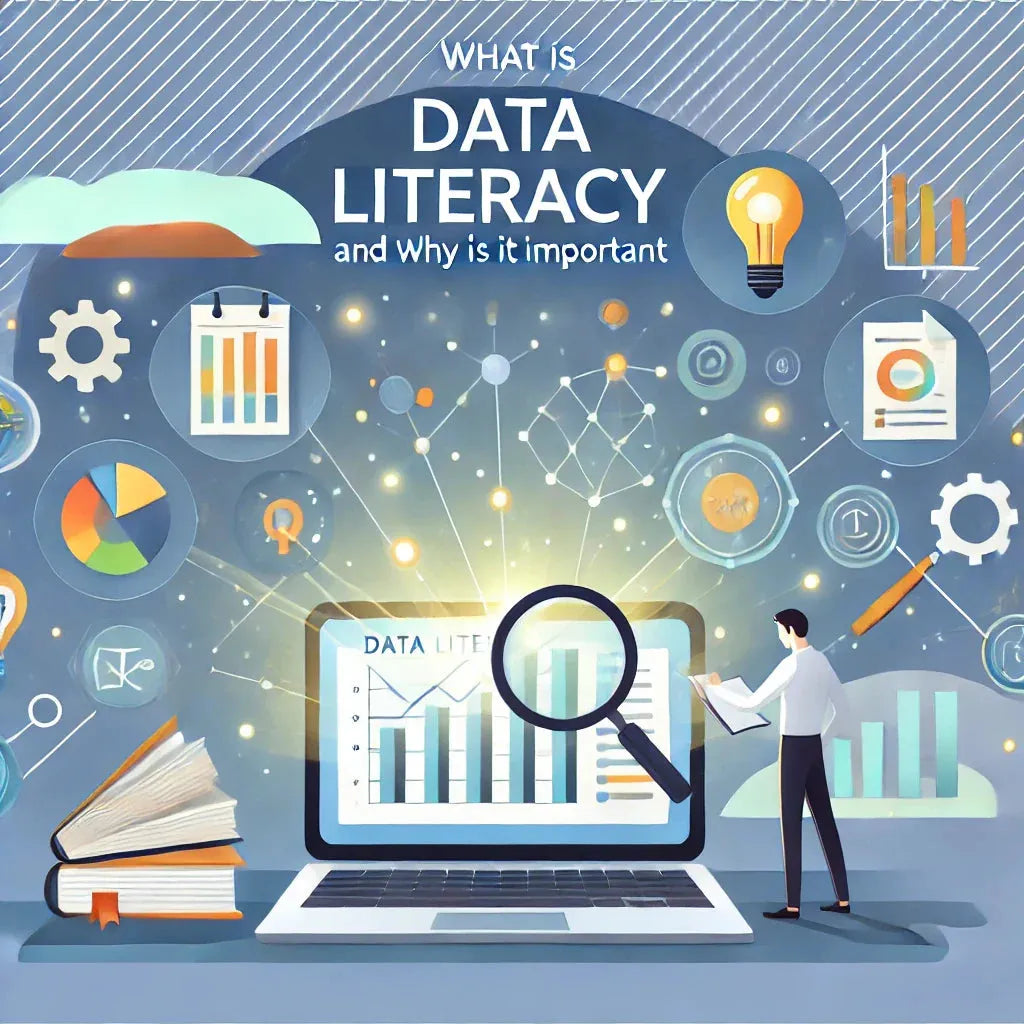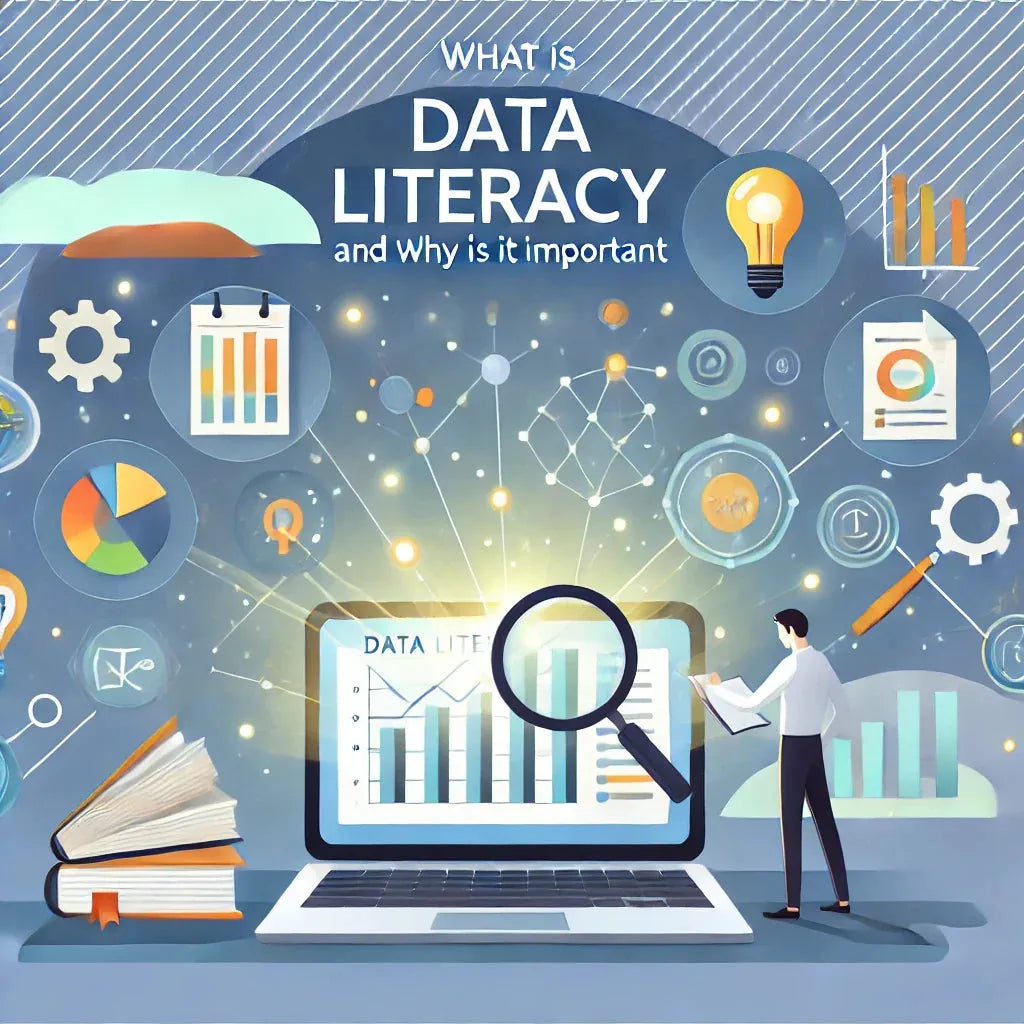Triple entry accounting. Example and benefits
What is the triple-entry accounting
History of the term
The term 'triple-entry' was initially coined in 1986 by Yuji Ijiri, an accounting scholar. He proposed that in addition to the debit and credit entries, the third layer of entries called trebit should be included with a new set of accounts to explain changes in income. The idea of such a 'triple-entry bookkeeping' system is to provide more momentum financial information to the organisation, enabling better strategic decision making.
An article written by Ian Grigg, a financial cryptographer, in 2005 on his website under the title 'Triple-entry accounting' redefined the term from its original definition provided by Yuji Ijiri (1986).
As an alternative to transaction fraud, Ian Grigg proposed the idea that a digitally signed receipt backed up by a financial cryptograph between two parties can be viewed by a third entry.
Jason Tyra wrote a short article in Bitcoin Magazine in 2014 suggesting that using Bitcoin infrastructure, the triple-entry concept proposed by Grigg (2005), is possible and highly desirable. Since then, triple-entry accounting associated with Blockchain has become the accepted definition.
The industry has already witnessed the massive potential of triple-entry accounting with Blockchain. In 2016, Deloitte published a brief article suggesting that implementing triple-entry accounting with Blockchain will be a game-changer in accounting. Meanwhile, blockchain developers have already taken action to put this 'theory' into 'practice'. So far, we are aware of at least seven blockchain projects related to triple-entry accounting: Request Network, Balanc3, Fiscal, bBiller, Ledgerium, zkLedger and Pacio.1
How does triple entry accounting work
Triple entry accounting is made realistic with Blockchain technology. PWC coined Blockchain as "A Blockchain is 'another database for recording transactions – one that is copied to all of the computers in a participating network".
A traditional database requires a centralised administrator to control the data/records and is also permissioned, which means the administrator sets privileges regarding how users can access a database. In contrast, a blockchain database does not require a central administrator.
Every participant on a blockchain has a secure copy of all records and changes, so every user can see the provenance of the data by sharing all records. A blockchain database is decentralised, replicated and shared; it is a distributed ledger.
Each participant receives an exact copy of the 'full' ledger in this blockchain architecture. Hence, a central authority (such as a bank) is no longer necessary to keep track of the information of the participants.
Whenever there is a record of a change of ownership of an asset, the ledger is updated and shared. A business transaction between two entities can be recorded in this third-party public ledger, and both can 'see' this real time status update. Ideally, there will be no need for audit trail and reconciliation with others, such as banks and the counterparty of this transaction, if all transactions are recorded in a third public ledger.
Triple entry accounting example
Let's consider a payment transaction between A and B. A should pay B $100 for rendered services.
In a double entry bookkeeping system, the invoice exists in both A's and B's ledgers: B's credit and A's debit.
In the triple-entry system, B writes a 'receipt' on a third shared ledger with a signature. At the same time, A also sees this receipt, approves, and signs it. As long as the internal record of such a third entry is immutable, neither A nor B can change it later in their ledgers. In effect, the third entry validates this transaction 'automatically'.

What are the advantages of triple-entry accounting?
- The payment is made in tokens (cryptocurrency) which disintermediates the traditional bank.
- This payment transaction is recorded in chronological order, and this record is permanent without change. If there is an amendment, a new record will be required.
- A centralised server does not maintain this record, reducing security threats.
- This record creates a linkage between the internal records of A and B, so it is less prone to errors and fraud.
- This record is verifiable, creating an excellent audit record.
Building on blockchain architecture, triple-entry accounting with smart contracts may resolve the fundamental trust and transparency issues that plague current accounting systems.
This new framework may reduce the time required for auditing and associated costs. As a result, more effort can be directed towards actions to prevent fraud rather than merely verifying information.
This new framework may not contain all types of fraud (such as Ponzi schemes). However, it can dramatically reduce internal fraud and enhance a company's operational efficiency.
Is Bitcoin really triple-entry accounting?
Bitcoin is a digital asset and a payment system invented by Satoshi Nakamoto. Transactions are verified by network nodes through cryptography and recorded in a dispersed public ledger called a blockchain. Bitcoin is unique in that there are a finite number of them: 21 million. Bitcoin is one of the products of the Blockchain technology.
Yes, Bitcoin is based on triple-entry accounting. Each Bitcoin transaction is broadcast to the network, verified by miners, and recorded in the blockchain. This verification process ensures that each transaction is legitimate and prevents double-spending of bitcoins. The use of cryptography also ensures that transactions are secure and cannot be tampered with.
Each "block" in the blockchain contains a record of all the transactions that have taken place on the Bitcoin network since the block was created. This means that there is a permanent and public record of all transactions, which helps to prevent fraud and double spending.
Why has Blockchain in accounting not yet widely adopted?
One key reason for the lack of blockchain in accounting is the knowledge gap between blockchain developers and accounting experts. However, accounting professionals and academic researchers lack adequate training on blockchain concepts and infrastructures. They hence do not possess sufficient knowledge and skills for effective engagement. On the other hand, for Blockchain to transform business processes (including accounting), blockchain experts will need more support from the accounting profession and finance professionals regarding specific business and accounting knowledge.
What are the efforts by the BIG Four in blockchain
The Big Four (Deloitte, PricewaterhouseCoopers (PwC), Ernst & Young (EY), and KPMG have engaged in research and development within the blockchain space.
In 2016, Deloitte set up a team (Deloitte Rubix) that focuses on payments, rewards programmes and digital banking.
In the same year, PwC launched DeNovo, a new strategy-consulting platform focusing on FinTech innovation.
In 2017, EY launched EY Ops Chain, which focuses on pricing, digital contract integration, shared inventory information, invoicing and payments (EY, 2019).
In February 2019, KPMG announced it had partnered with the enterprise blockchain company Guardtime to offer blockchain-based services to clients (KPMG LLP, 2019).
The current state of blockchain exploration displayed by the Big Four focuses on its implications across different areas such as business, banking, insurance, energy trading and many more. These companies also recognise the tremendous disruptive potential of blockchain to their traditional business: external auditing.
Summary
The very existence of accounting, including the measurement, processing, auditing and communicating of financial information about economic entities, is ultimately for the purpose of ensuring trust and transparency. Although current accounting and auditing procedures are time-consuming and expensive, in many cases, they are ineffective. Triple-entry accounting with blockchain is a new and potentially much more efficient way to achieve trust and transparency and is therefore likely to disrupt the accounting industry.
The accounting industry is ripe for disruption. Triple-entry accounting with blockchain offers a new and potentially much more efficient way to achieve trust and transparency. If you are an accountant or auditor, staying ahead of the curve and getting certified in blockchain is essential. With AICPA certification, you will be positioned to take advantage of this exciting new technology and help your clients achieve trust and transparency in their financial dealings.
Blockchain in Accounting Questions? Answers.
Can Blockchain Technology replace Chartered Accountants?
It is difficult to say whether or not blockchain technology can replace chartered accountants. The role of a chartered accountant is far more complex than simply maintaining records on a blockchain. However, with the increasing popularity of blockchain technology and its many potential applications, the role of a chartered accountant will likely change in the coming years.
Suppose you are thinking of pursuing a career in accounting. In that case, it is important to stay up-to-date with developments in blockchain technology and how they might affect the accounting profession.
Alternatively, suppose you are already a chartered accountant. In that case, it may be worth considering specializing in blockchain technology and learning how to use this new technology for businesses.
How to build my career in blockchain as a non-technical person?
Don't worry; you're not alone! Many people feel like they need to be technical to work in the blockchain space. But that's not the case at all. There are a lot of great opportunities for non-technical people in the blockchain industry.
Here are a few tips on how to get started:
1. Learn about cryptocurrencies and blockchain technology so that you are familiar with concepts
2. Get involved in the community. There are a lot of great forums and chat rooms where you can learn more about blockchain and meet other people working in the industry.
3. Look for opportunities to work with or collaborate with blockchain startups and companies.
4. Find a job or internship in the blockchain industry. There are many companies that are looking for people with experience in cryptocurrency and blockchain technology, so this could be a great way to get started in this field.
Why is ICAI to adopt the use of blockchain tech in auditing?
It's not news that The Institute of Chartered Accountants of India (ICAI) is planning to adopt blockchain technology in auditing. The decision was announced by ICAI chairman Nilesh Vikamsey. He stated that the technology would help reduce the time taken for auditing processes and improve their accuracy.
The current Institute of Chartered Accountants of India (ICAI) president Prafulla Kumar Mitra, says blockchain technology will be adopted in auditing to maintain transparency and reduce fraudulent activities.
"The adoption of blockchain technology would help reduce fake transactions and promote transparency," Mitra said.
He added that ICAI has recently launched an Audit Quality Maturity Model, which will help chartered accountants assess and improve the quality of their audits. The model considers factors such as risk management, use of technology, data analytics, and auditing standards. Mitra believes that blockchain technology will play a critical role in maintaining audit quality.
What are the audit-IT points for blockchain?
While there are many potential audit-IT points for blockchain technology, some of the key considerations include data governance and controls, identity management, and cryptography.
Data governance and controls are essential for ensuring that the data stored on a blockchain is accurate and can be relied upon. Identity management is also critical for ensuring that only authorized users can access the blockchain network. And cryptography is necessary to provide security and integrity to the data stored on the blockchain.
How can the blockchain be used to prevent fraud?
The blockchain can be used to prevent fraud by creating an immutable, public ledger of transactions. This ledger can be used to verify the legitimacy of transactions and to track the movement of funds. Additionally, the blockchain can create smart contracts that automatically execute when certain conditions are met. This can help reduce fraud risk by ensuring that agreements are carried out as intended.
What is a ledger in Blockchain?
While the term "ledger" might conjure up images of a physical book or piece of paper, blockchain is purely digital in the context of blockchain. Transactions are added to the ledger as so-called "blocks," and each block is chained to the previous one using cryptography.
This forms the basis for how blockchain works - each transaction is verified and recorded.
In the context of blockchain, a ledger is simply a digital record of all transactions that have taken place on the blockchain. This could be seen as analogous to a traditional bank ledger, which records all financial transactions that take place within the bank.
Blockchain primer
What is Blockchain?
In layman finance terms, a blockchain is a digital ledger of all cryptocurrency transactions. Unlike traditional ledgers, which are maintained by central authorities, blockchains are distributed across a network of computers. This decentralized structure allows blockchains to be more secure and resistant to tampering.
Transactional data is anchored to the chain as blocks (i.e. each transaction includes a timestamp and transaction data). Hovering over any block will reveal comprehensive information about the transaction – who was involved, what occurred and where. When new transactions are made, chains fork into longer sequences to form a blockchain.
Blockchain technology was first proposed in 1991 by a group of researchers who wanted to create a system that would allow electronic documents to be timestamp-verified. However, it wasn’t until Bitcoin launched in 2009 that blockchain finally found its first real-world application.
Who created Blockchain?
No one person or organization created blockchain technology. Rather, it was developed through the collaborative efforts of a community of researchers and developers. While the exact origins of blockchain are difficult to pinpoint, the first successful implementation of Blockchain was created by Satoshi Nakamoto in 2009 as part of the cryptocurrency Bitcoin. Since then, numerous other blockchain-based applications have been developed, each with unique features and use cases.
What is Blockchain Currency?
A blockchain currency is a digital asset that is created through the process of mining and uses a blockchain to track its ownership. Bitcoin, Ethereum, and Litecoin are all examples of blockchain currencies.
Blockchain currencies are decentralized, not subject to government or financial institution control. They are also secure and transparent, meaning that anyone can view the balances and transactions of any account on the blockchain. This makes them ideal for online transactions and makes them perfect for use in digital cryptocurrencies.
What is Blockchain Wallet?
A blockchain wallet is a digital wallet that allows you to store, send, and receive cryptocurrencies like Bitcoin. The blockchain wallet software connects to the blockchain network to allow you to manage your cryptocurrency. It's important to note that a blockchain wallet is not the same as a cryptocurrency exchange. A cryptocurrency exchange is an online platform where you can buy and sell cryptocurrencies.
How many Blockchains are there?
There are many blockchains, but the most popular ones are Bitcoin, Ethereum, and Litecoin. Each blockchain has its unique features and purposes. For example, Bitcoin is mainly used for digital payments, Ethereum is used for smart contracts and decentralized applications, and Litecoin is similar to Bitcoin but has faster transaction speeds.
What is smart contract in blockchain?
A smart contract is a self-executing contract with the terms of the agreement between buyer and seller written into code. The code is stored on a blockchain, which is a public ledger. When both parties agree to the contract terms, the code is executed, and the transaction is completed automatically.
A smart contract eliminates the need for a third party to act as an intermediary in transactions. This can reduce costs and increase efficiency by streamlining escrow and title insurance processes. Additionally, because data on a blockchain is decentralized and tamper-proof, it can be used to securely store information about contracts or other sensitive data.










Leave a comment